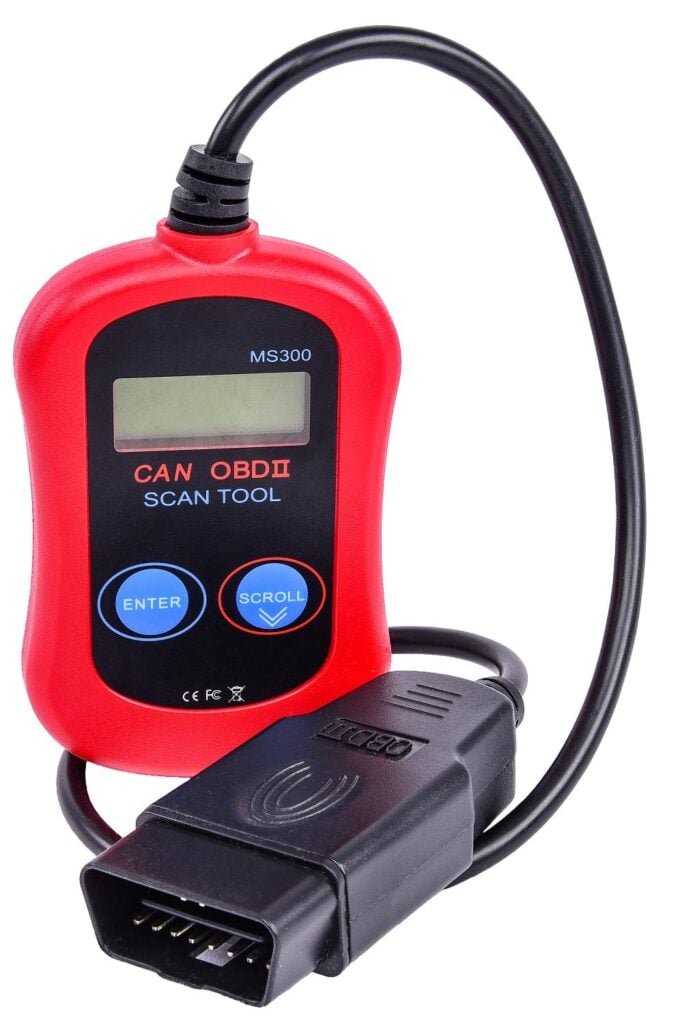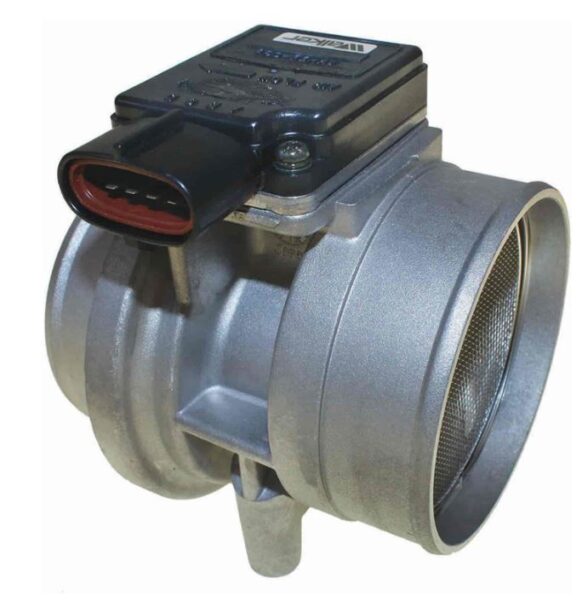
It's always a bad day when the dreaded Check Engine Light illuminates on your dashboard. It can make even seasoned car owners feel a sense of unease, as it can signal a myriad of problems. But, diagnostics can help you pinpoint the origin of the issue.
Also, if the Check Engine Light hides the P0101 code, the repair is usually less difficult and less expensive than it might first seem. It’s usually related to the MAF sensor. So, if you want to know all about the symptoms, causes, diagnosis, and repair of the P0101 code, read along!
What Is the P0101 Code And the Symptoms?
The P0101 code is a diagnostic trouble code (DTC) that is specifically related to the mass air flow (MAF) sensor's "A" circuit range or performance. This code is a part of the On-Board Diagnostics II (OBD-II) system, which is present in modern vehicles to monitor and control various aspects of engine performance and emissions.
In terms of symptoms, these are the most common ones:
- Check Engine Light. The most obvious symptom is the illumination of the Check Engine Light on your dashboard. The light indicates that the vehicle's computer has detected an issue and has stored a trouble code, which can be retrieved with a diagnostic scanner.
- Reduced engine performance. A malfunctioning MAF sensor can cause poor engine performance, resulting in reduced power, acceleration, and fuel efficiency. You may also experience a generally slow responsiveness of the engine.
- Rough idling. You might notice that your engine idles roughly or even stalls when you come to a stop. In some cases, the engine may have issues keeping constant idle RPMs.
- Hesitation or surging. When driving, you may experience hesitation or surging as the engine struggles to maintain a smooth and steady power delivery because of misfires due to incorrect air-fuel mixture.
- Increased emissions. A faulty MAF sensor can also lead to increased emissions, potentially causing your vehicle to fail emissions tests.
- Poor fuel economy. The inaccurate measurement of incoming air can result in an improper air-fuel mixture, leading to reduced fuel efficiency.

How Serious Is the P0101 Code And What Are the Causes?
The P0101 code is essentially an alert from your car's computer that there is an issue with the MAF sensor's ability to accurately measure the incoming airflow into the engine. The MAF sensor measures the amount of air entering the engine, allowing the computer to adjust the air-fuel mixture for optimal combustion. When the MAF sensor doesn't function properly, it can lead to a range of performance issues and emissions problems.
Can I Still Drive with a P0101 Code On My Car?
Driving with a P0101 Nissan code on your vehicle is generally possible, or any other make for that matter, but it's not recommended for extended periods, especially if you're experiencing severe symptoms like poor engine performance, rough idling, or stalling. It's advisable to address the issue promptly to avoid further damage, ensure safety, and restore your vehicle's performance and fuel efficiency. If you're unsure about the severity of the problem or how it's affecting your vehicle, it's best to have a qualified mechanic or technician diagnose and repair the issue as soon as possible to avoid any potential complications.
How Can I Diagnose a P1101 Code?
Diagnosing the root cause of a P0101 code, or any diagnostic trouble code in general can be lengthy, as it is essentially an elimination process of possible issues. The simplest thing to do is to check your car with an OBD-II scanner for any other codes. If there are multiple codes, they might have a common cause, which could make the diagnosis easier.
As the second step, conduct a visual inspection of the MAF sensor, its wiring, and the surrounding components. Look for loose or damaged wires, disconnected hoses, connectors, or any visible damage to the sensor itself. Even if the connector looks fine, it is worth trying to clean it. In some cases, a dirty or contaminated MAF sensor can cause the P0101 code.
If the issue is still not resolved, inspect the air filter. Ensure the air filter is clean and properly seated. A clogged or dirty air filter can affect airflow and trigger the P0101 code.
While the sensor wiring might not be visibly damaged, it could still be the cause of the code. To check whether the wiring is functioning properly, use a multimeter to test the continuity of the MAF wiring.
You may also want to check for vacuum leaks. You should check for these in the intake system. The vacuum leaks can cause incorrect air readings and trigger the P0101 error code. Leaks in vacuum hoses, gaskets, and the intake manifold may also cause the issue and should be inspected as well.
Yet another possible cause can be a faulty throttle body. If you suspect that might be the case, clean it, and check its function. If the throttle body is clogged, airflow may be restricted, thus causing the P0101 issue. A function check of the system can usually be performed using the OBD-II scanner but requires more advanced knowledge and skills.

How Difficult Is It to Inspect a P0101 Code?
The difficulty of inspecting and diagnosing a P0101 code can vary based on your experience and access to diagnostic tools. With that said, simple tasks like checking the air filter or visually inspecting the sensor are relatively straightforward.
However, diagnosing and addressing wiring issues or sensor malfunctions may require more advanced knowledge and equipment. If you're not comfortable with these procedures, it's advisable to consult a qualified mechanic or technician who specializes in your vehicle model to accurately diagnose and address the P0101 code and any underlying issues.
For the tools to diagnose a P0101 code or the parts you need to repair it, come to JEGS. Not only can we get you the components you need, but our expert team can provide advice on getting the job done.





